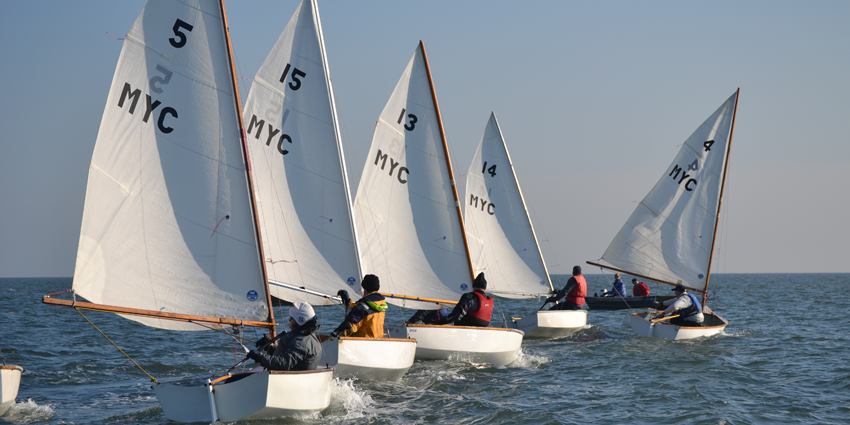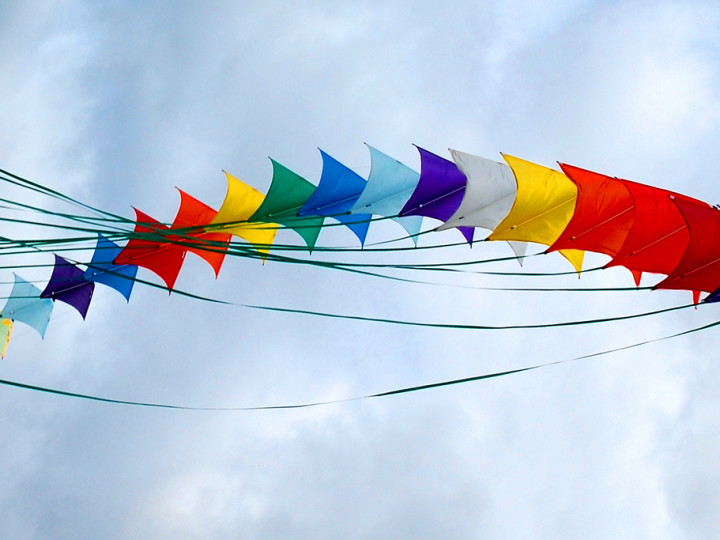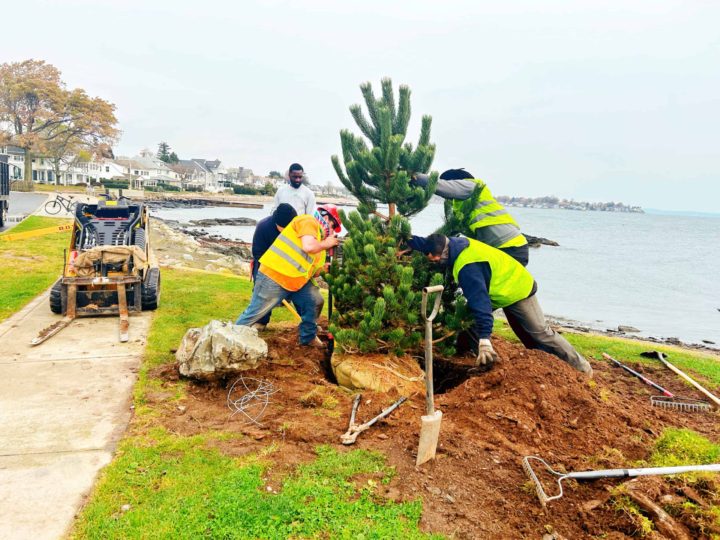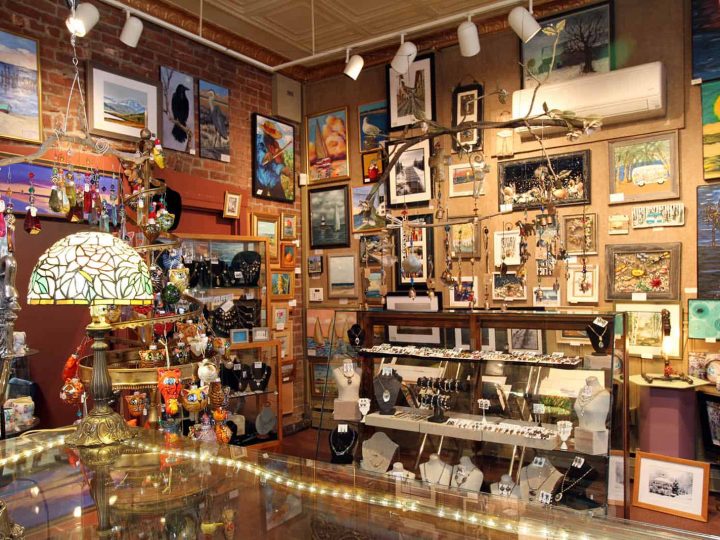
Sailing isn’t just a summer sport in Milford; for some die-hard sailors it is a year-round activity that allows them to indulge their passion and be out on the water all winter long.
Known as the Frostbiters and sponsored by the Milford Yacht Club, these winter sailors meet every Sunday from November through March, launch their 9-foot Dyer Dhows, and spend the next few hours testing their skills as racers by participating in 8 to 12 short “starts,” as the races are called. Some days you can see the Frostbiters racing in the cove inside Charles Island and other times, if it is too windy, they race in the harbor where it is a bit more protected on a rough day.
When asked to talk about frostbiting, Milford native Susie Nolan said, “It’s so much fun! Some of the best sailors around ‘frostbite sail,’ and it’s a really great way to hone your sailing skills,” she says. A frostbite sailor for six years, Nolan explains that “the boat—basically a glorified bathtub—is so reactive that you can’t help but learn about trim and tactics. On a big boat you can be just ‘rail-meat’ or ‘hospitality,’ but in the Dyer it’s just you and the boat.” Jessica Kirchoff, who’s been frostbiting for 15 years, agrees. “You’re the skipper, you’re the crew, and you’re the tactician making all the choices. If you screw up, it’s your doing!”
Winter sailing offers some unique challenges of course….such as boats that are covered or hemmed in by snow or a frozen harbor. When that happens, the hardy sailors do what they call a “brick test.” “We throw a brick from near the hoist out onto the water near the docks,” explains Nolan. “If the brick goes through the ice, we’re sailing!” If the brick doesn’t sink, then they have to decide if, or how, to break the ice enough to get to mid-harbor, where the water usually isn’t frozen.
Of course, there is always the danger of capsizing and ending up in the icy water—which is not all that unusual in these tiny, tippy boats. A number of safety precautions, however, help ensure that nobody gets hurt. In addition to a committee boat that oversees the races, two safety boats (affectionately known as “crash” boats or sometimes as “bed pans”) circle nearby in order to assist any sailor who ends up in the water. One “bed pan” pulls the sailor out of the water, while the other tends to the flipped boat. Many winter sailors wear dry suits that literally keep the body dry even when submerged in the icy water.
Some winter sailors, like David Schrader, who has been frostbiting for 40 years, scoffs at the dry suits, saying they are too expensive. “Besides, he never gets wet!” chimes Kirchoff. “He’s that good.” Patrick Valleau doesn’t wear one, either. “I used to have one but it wore out and I just haven’t replaced it. I’ve been swimming a few times,” he laughs.
While many frostbiters own larger boats that they race during the summer, Fleet Captain Bob Colum, who has been frostbiting since 1980, says his Dyer Dhow is his only vessel. In the summer he crews for other people on their boats. “I used to race Hobie Cats,” he explains. “In fact, when I got married we bought a Hobie instead of a dining room table!”
Despite the fact that many of the small Dyers in the fleet are older boats (circa 1950), they should not be mistaken for plain old dinghies. They are outfitted for racing and their owners are often very competitive sailors who make sure that the rigging is just right, that the bottoms are clean, and that they are in the best possible shape for racing and for speed. While frostbite races are not PHRF (a handicapping system) rated, the sailors are ranked by scores based upon their standings in the races. Often the best sailors in the fleet will race at other clubs or in regattas around Long Island Sound.
The biggest question non-sailors have for frostbiters is “Why do you do it?” Gretchen McCarthy, who crews for her husband during the summer, says, “There’s something about the intensity that I like, and the competitiveness. But also I get to spend the day with nice people doing something I enjoy. Plus, it’s a nice way to have the afternoon off from being a mom.” Sarah Lebov agrees. “In the summer my husband races on the weekends, but in the winter I get to go while he stays home with the kids.”
Ed Becker, a veteran sailor in all seasons, says, “It is definitely the best practice for racing sailing. Racing is about making the boat go fast but it’s also about knowing the rules, reading the wind, and competing with other boats.”
While they might be competitors on the water, at the end of every race you can find the sailors socializing at the Milford Yacht Club or some other local gathering spot doing a post-mortem over a few beers, discussing the race, the mistakes they may have made, and how they might do better next time.
If you’re a summer sailor who’d like to extend your sailing season and hone your racing skills, or just a hardy soul who’d like to give winter sailing a try, then show up at Milford Yacht Club around noon some Sunday. The Frostbiters agree that they’d love to have some new sailors join their ranks, so in all likelihood a friendly frostbiter will allow you to borrow his or her boat for a start or two. And who knows? You may just get hooked. As veteran frostbiter Schrader said, “What can I say? It’s addicting.”
Nancy A. Herman




